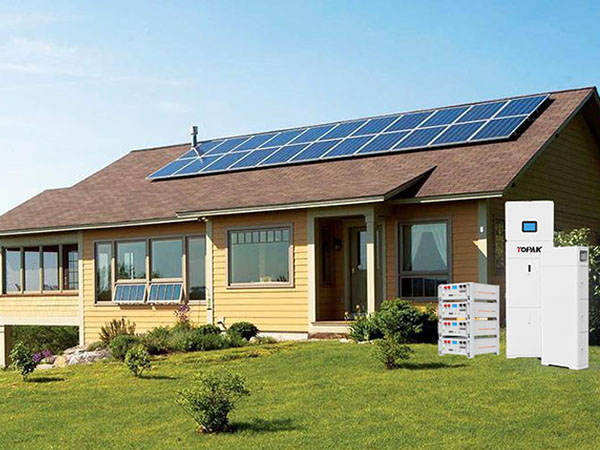
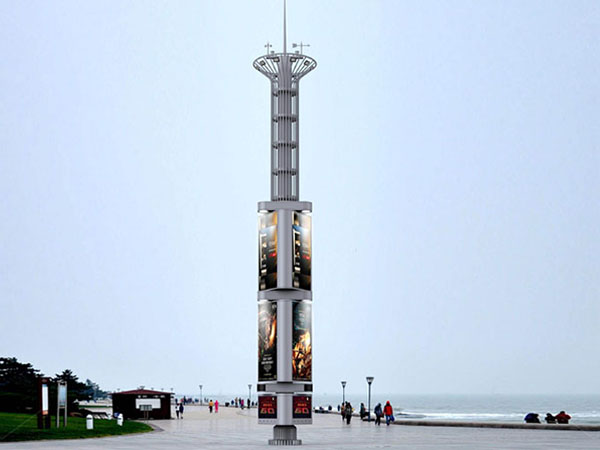
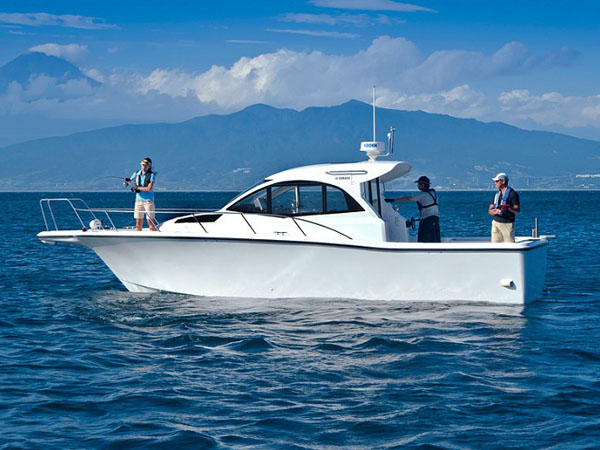

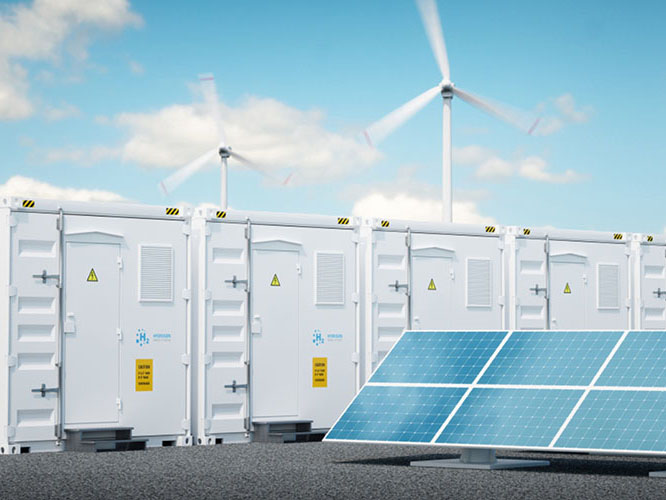
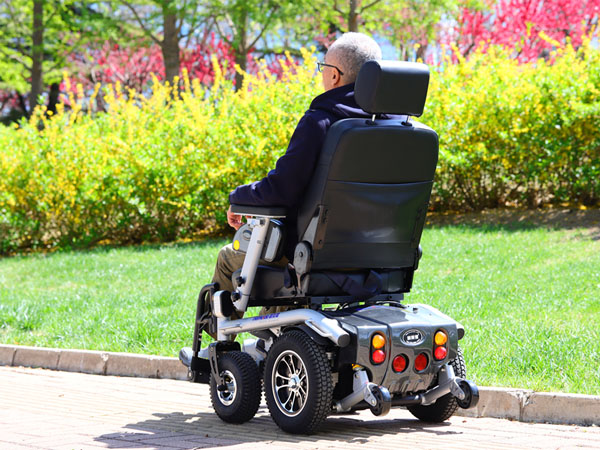
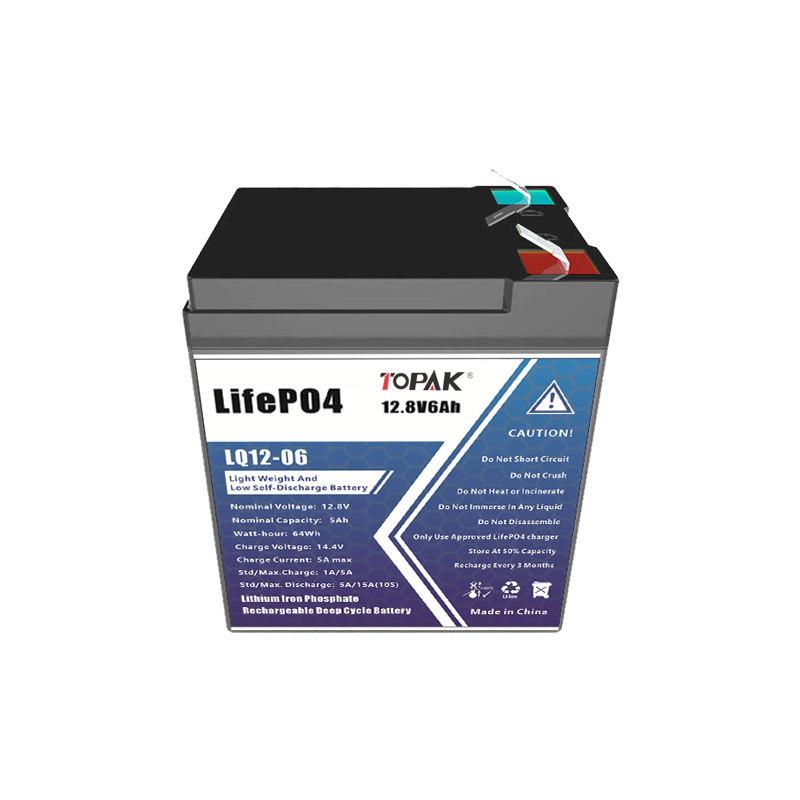
12V 6Ah Lithium ion Battery Lifepo4 Battery
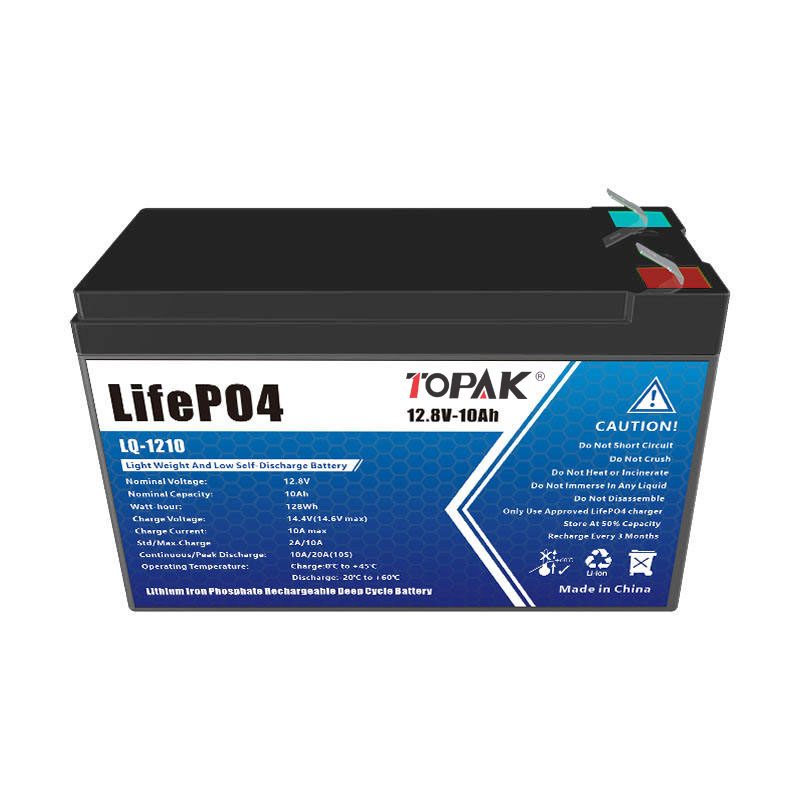
12V 10Ah Lithium ion Battery Lifepo4 Batteries

12V 12Ah LiFePO4 Lithium Iron Phosphate Battery
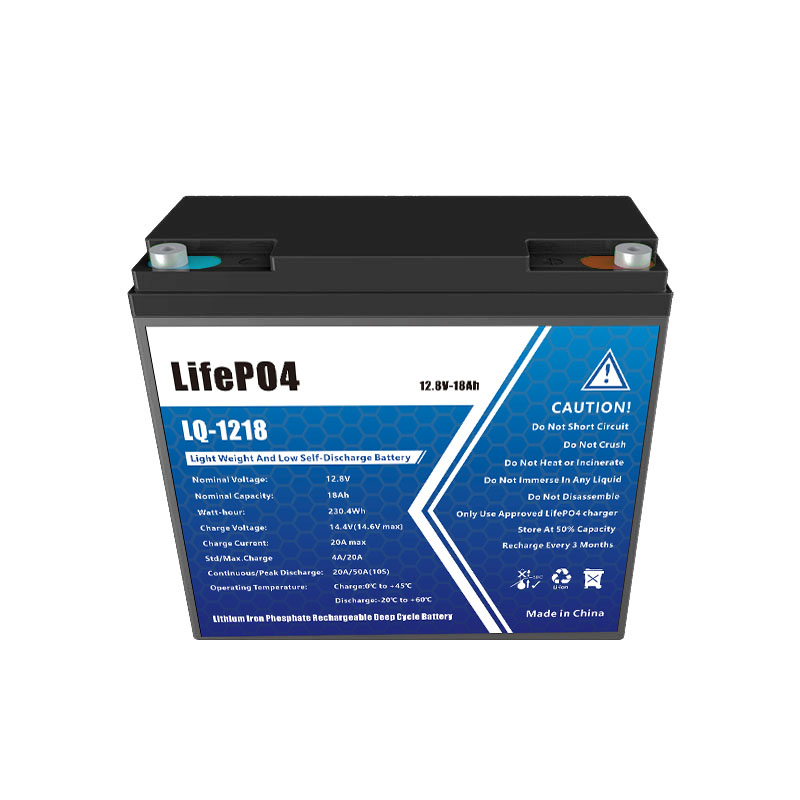
12V 18Ah Lifepo4 Lithium Battery Cell

12V 20Ah replacement Lead acid Lithium Battery

12V 36Ah Lithium Iron Phosphate Battery

24V 50Ah Lifepo4 Battery Lithium ion Battery

24V 100Ah lifepo4 iron batteries replacement lead acid lithium battery

24V 200Ah lifepo4 battery replacement Lead acid Lithium Battery

48V 50Ah Lithium Iron Phosphate Battery replacement Lead acid Lithium Battery

48V 100Ah lithium batteries replacement lead acid lithium battery
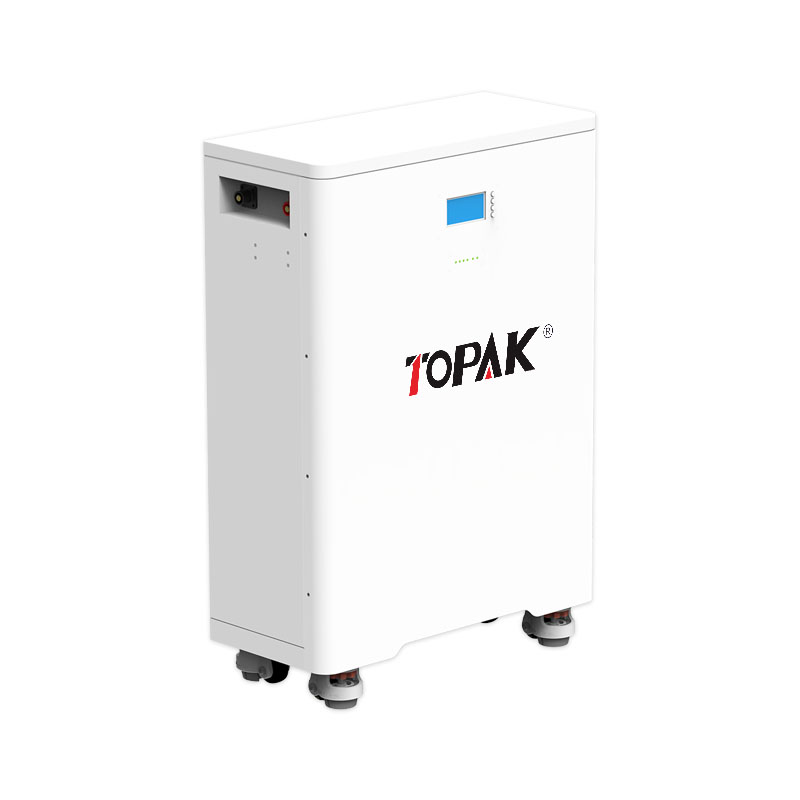
TOPAK 51.2V 300AH Vertical Home Energy Storage Battery

TOPAK 48V 100Ah Home Rack Mounted Energy Storage Batteries

TOPAK 51.2V 100Ah Stackable Battery Shunt able Solar Battery

TOPAK 24V 200Ah Solar Household Wall mounted Battery
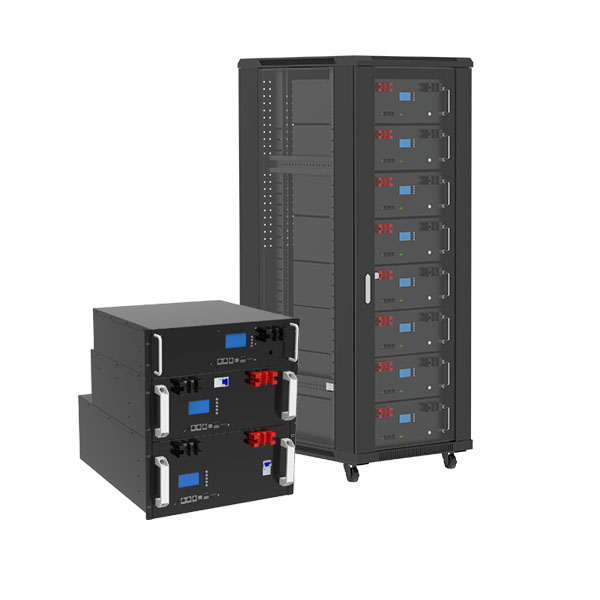
48V 1000Ah household Photovoltaic energy storage split type machine
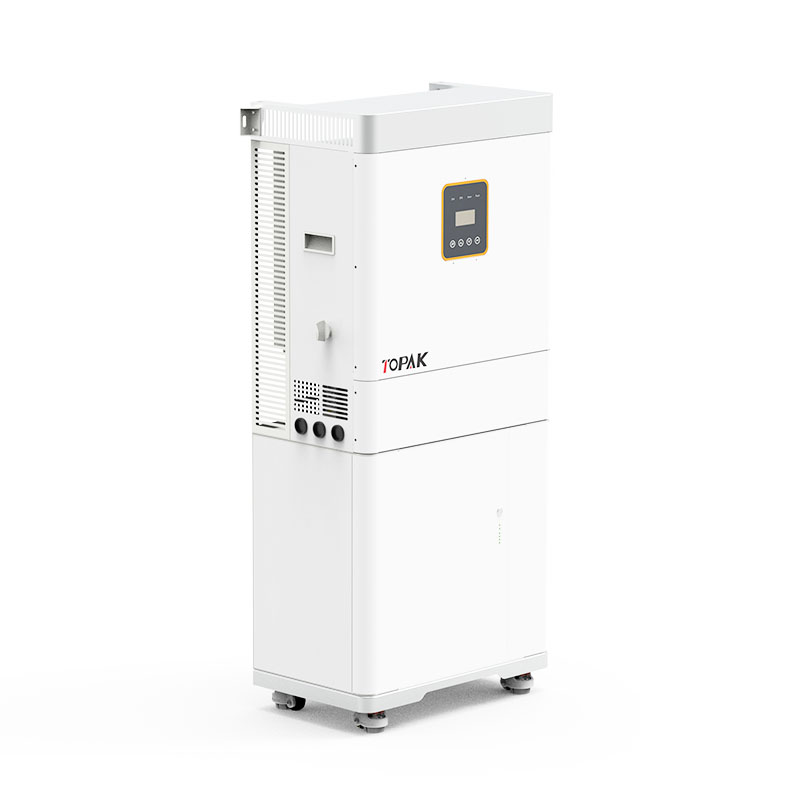
TOPAK 5KWA+5KWh Vertical Home Solar Inverter Energy Storage Integrated Machine Parallelable
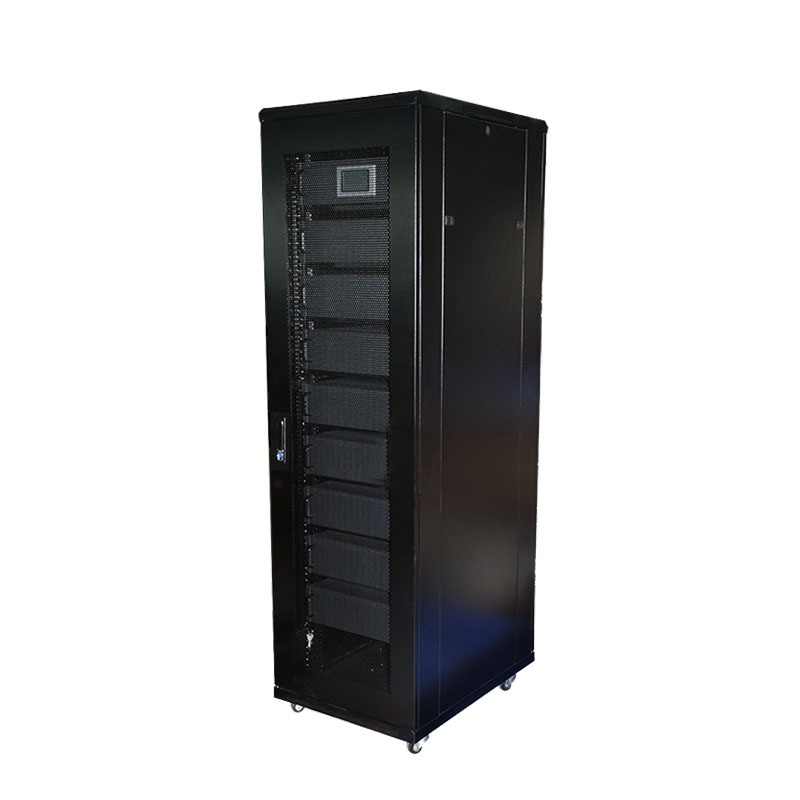
384V 100Ah Backup power supply 38.4kWh UPS Data Center Power System
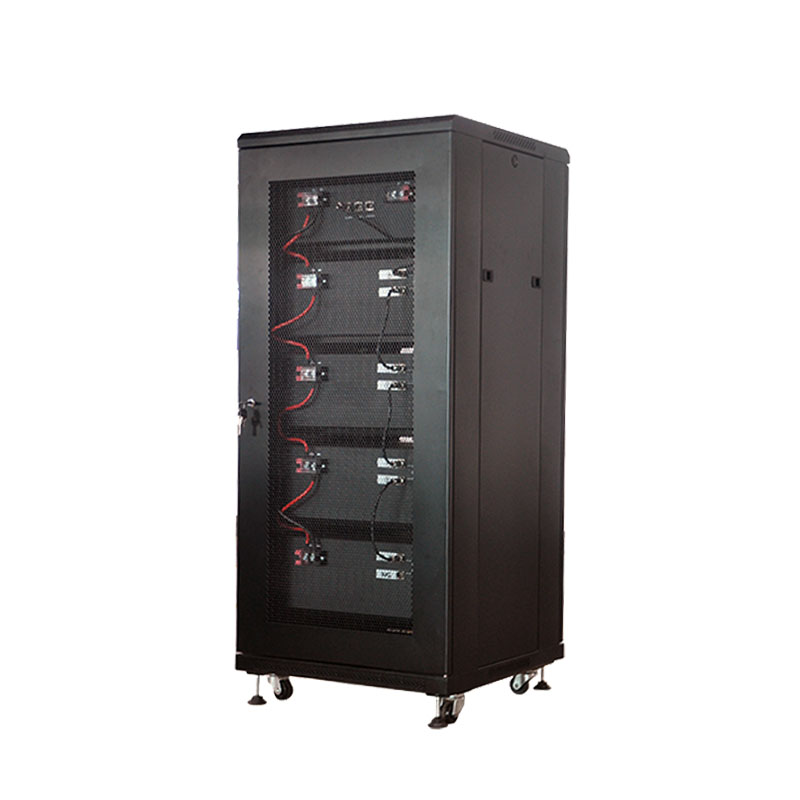
384V 50Ah Backup power supply 19.2kWh UPS Data Center Power System
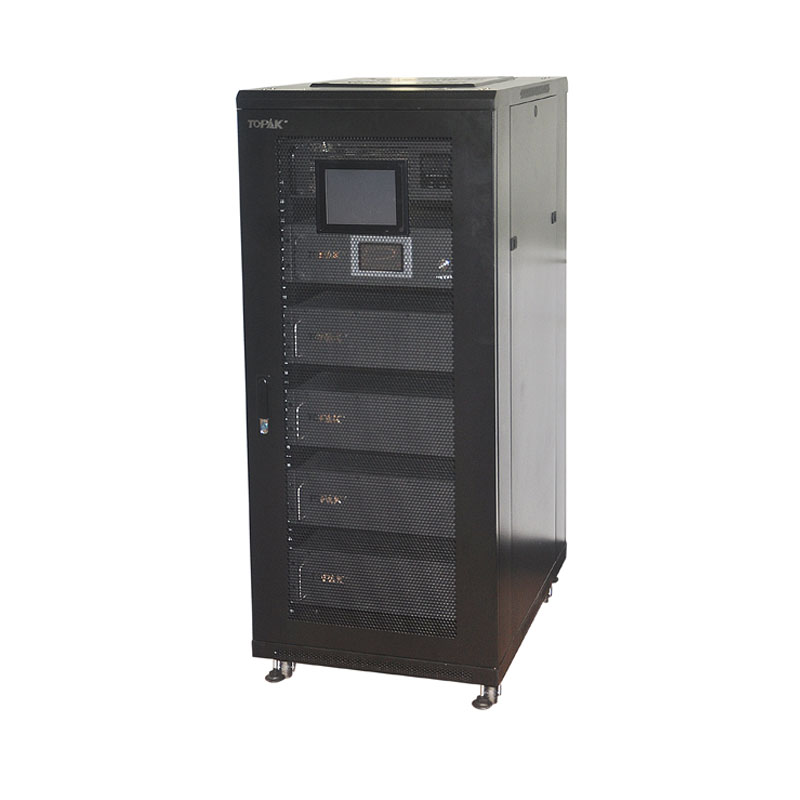
192V 100Ah Backup power supply 19.2kWh UPS Data Center Power System
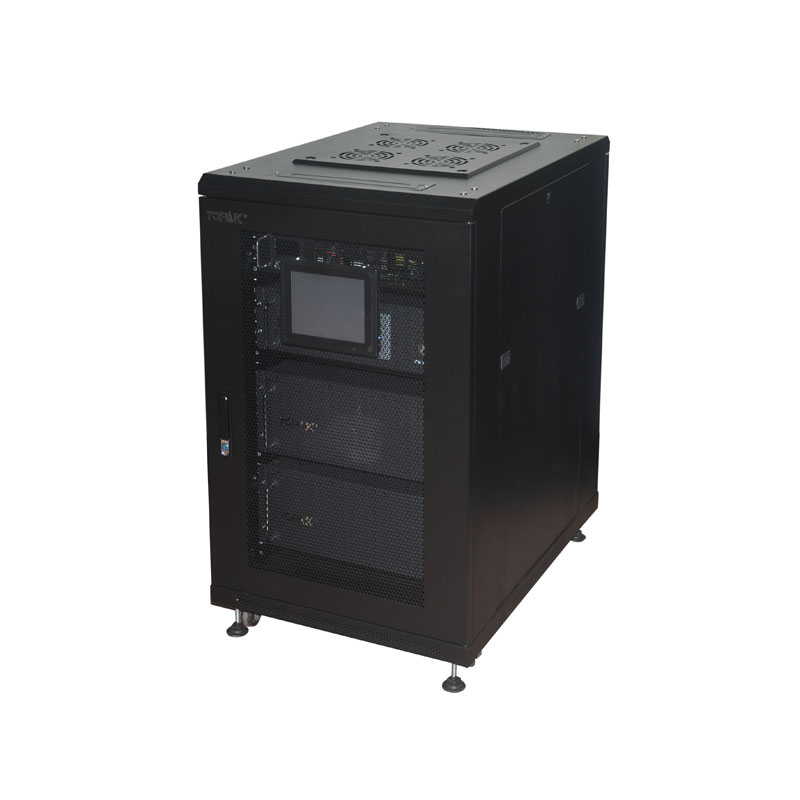
192V 50Ah Backup power supply 9.6kWh UPS Data Center Power System
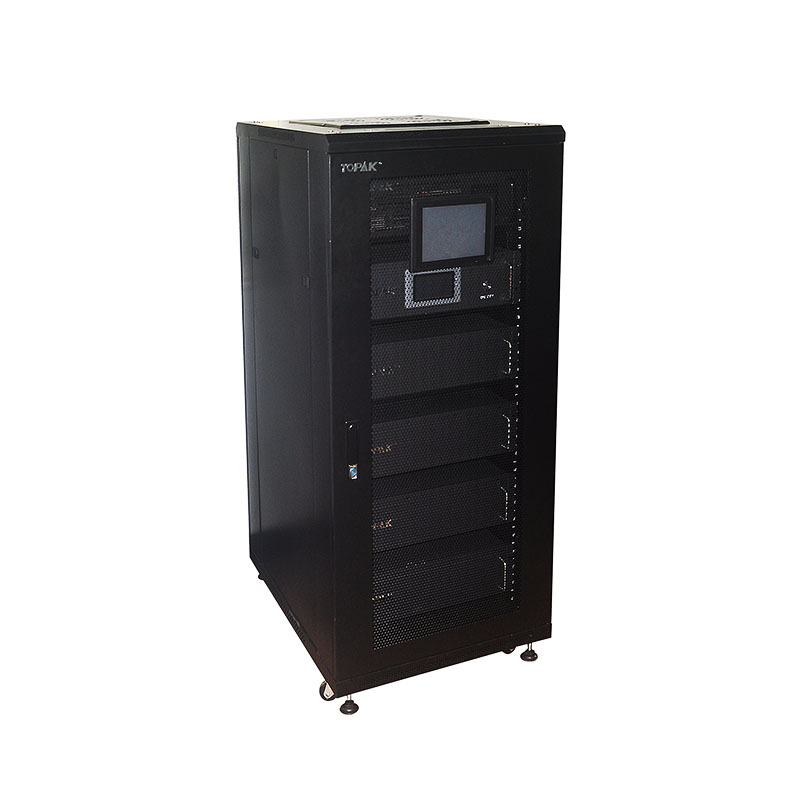
224V 100Ah UPS Power System 22.4kW LiFePO4 Battery System
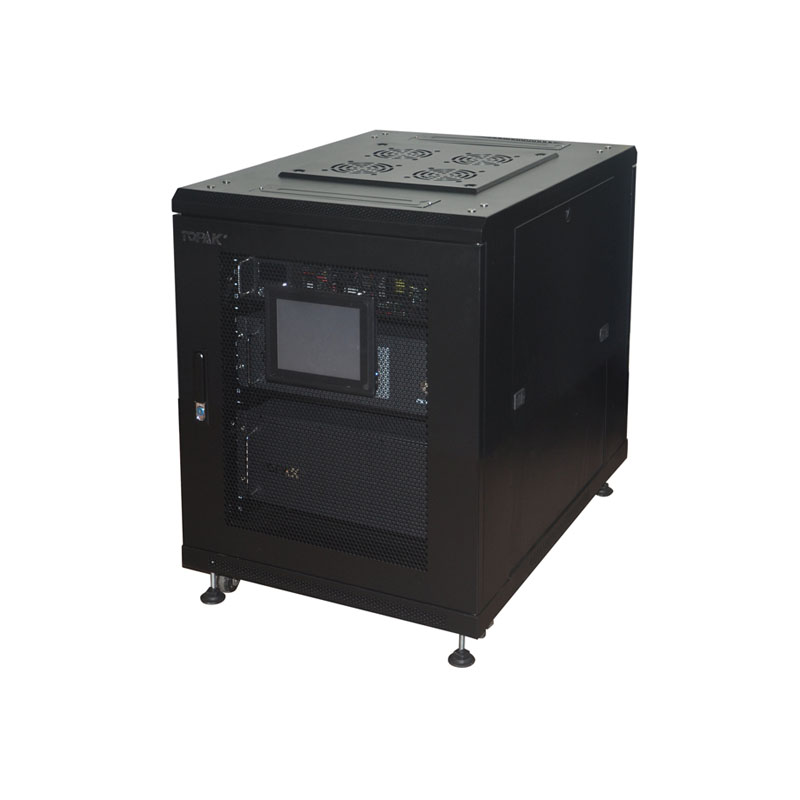
TOPAK 224V 30Ah Lithium ion UPS lifepo4 Battery 6.7KW UPS Backup

48V 150Ah tower energy stroage battery ofr backup power supply,home/hopital/bank/small business/base station use
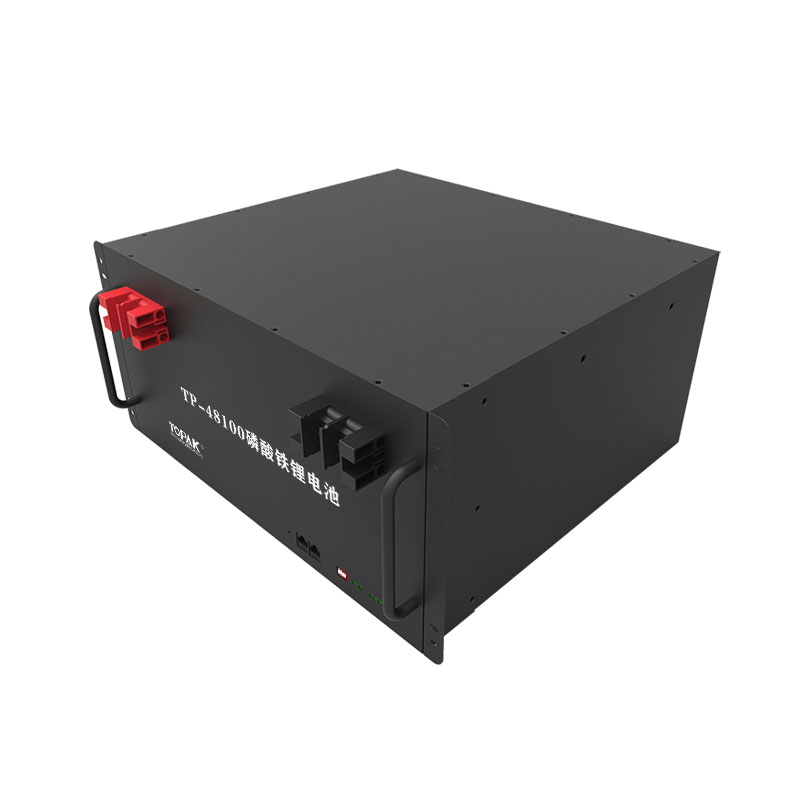
48V 100Ah(5U) tower energy stroage battery ofr backup power supply,home/hopital/bank/small business/base station use

Topak tower energy stroage battery for backup power supply,home/hopital/bank/small business/base station use
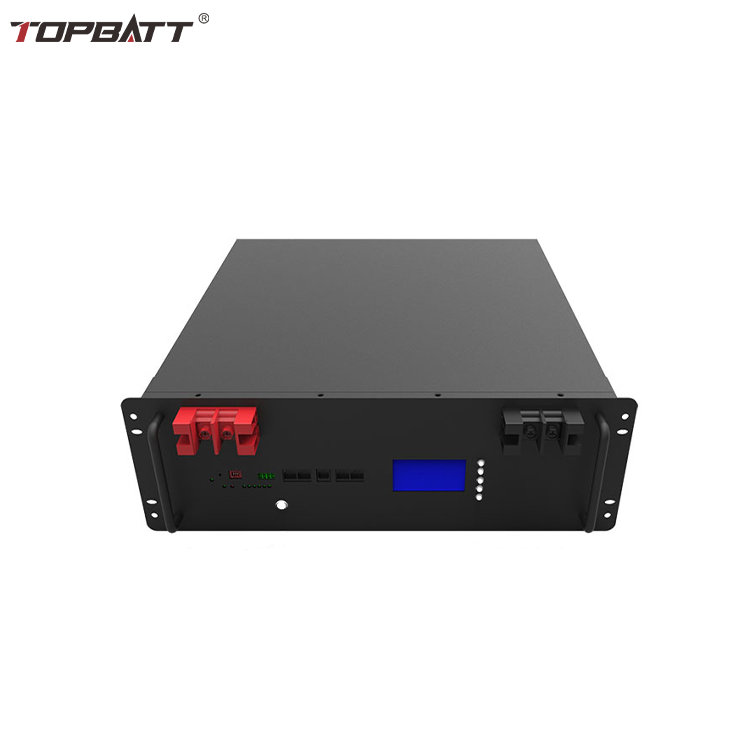
Topak 48V 100Ah Lithium ion battery BMS Solar Energy Storage System Lifepo4 Battery
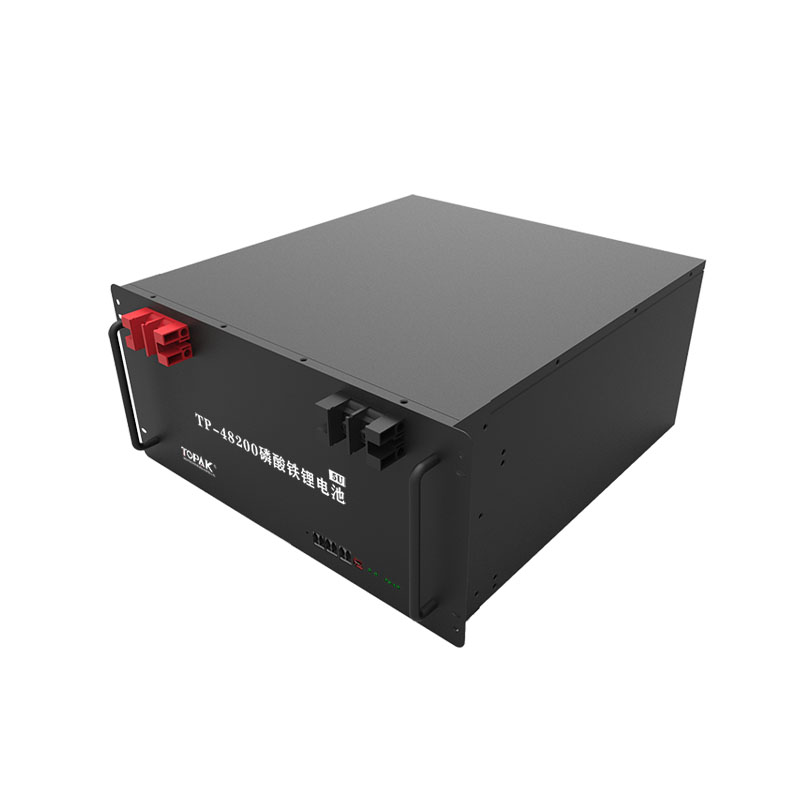
48V 200Ah tower energy stroage battery ofr backup power supply,home/hopital/bank/small business/base station use
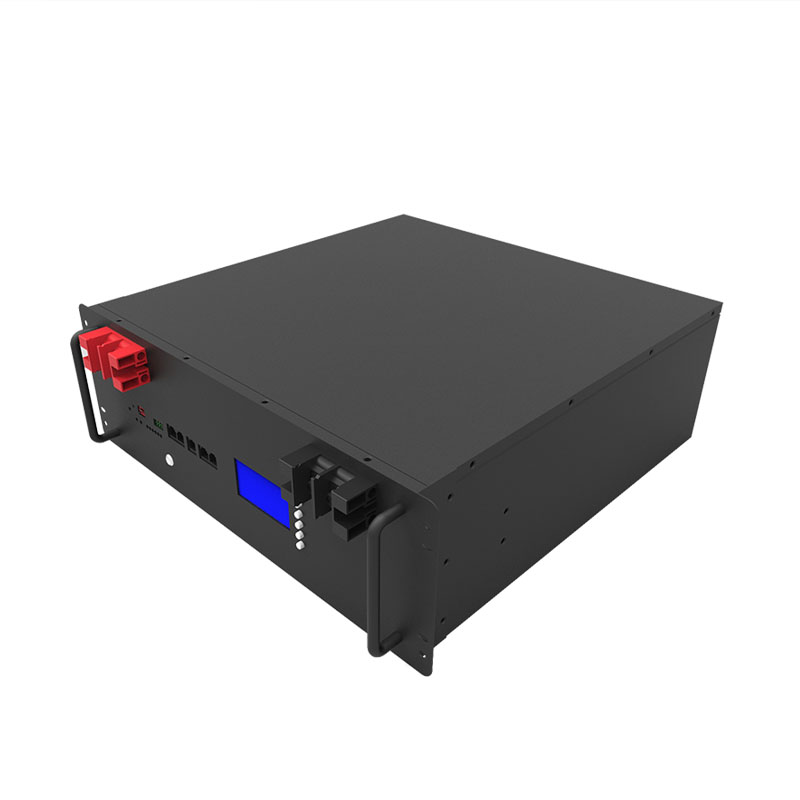
48V 100Ah(4U) tower energy stroage battery ofr backup power supply,home/hopital/bank/small business/base station use

12V 100Ah Lifepo4 Battery Patent design lithium battery
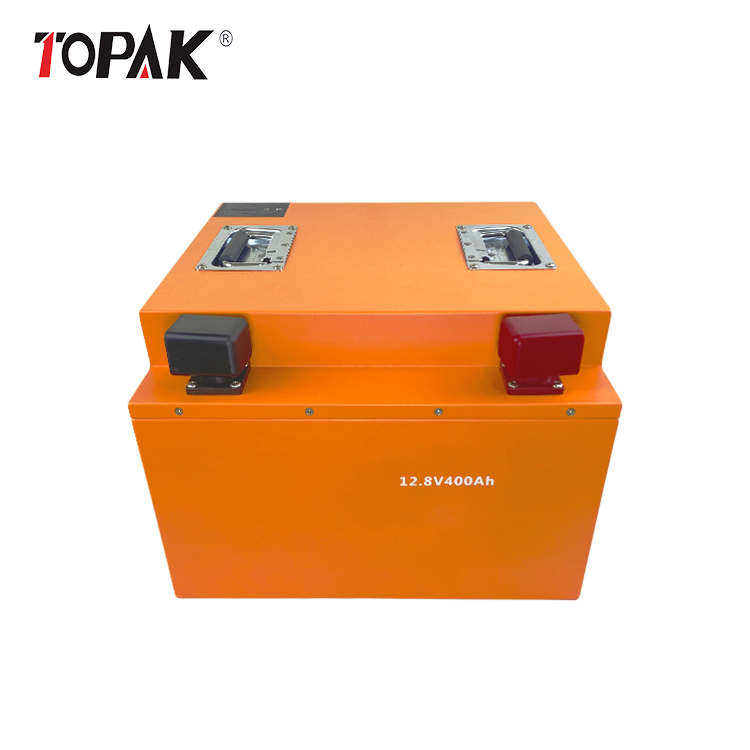
TOPAK RV Lifepo4 Battery 12V 400ah Energy Storage Lithium iron Phosphate RV Battery

51.2V20AH Lithium battery for electric bicycle battery converter
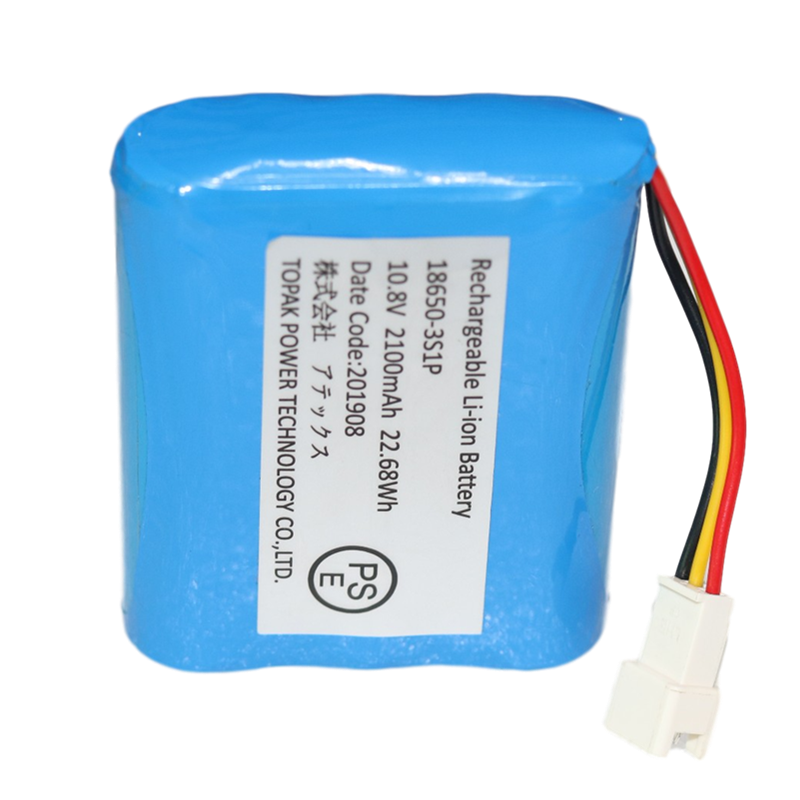
10.8V2.1AH Massager lithium battery
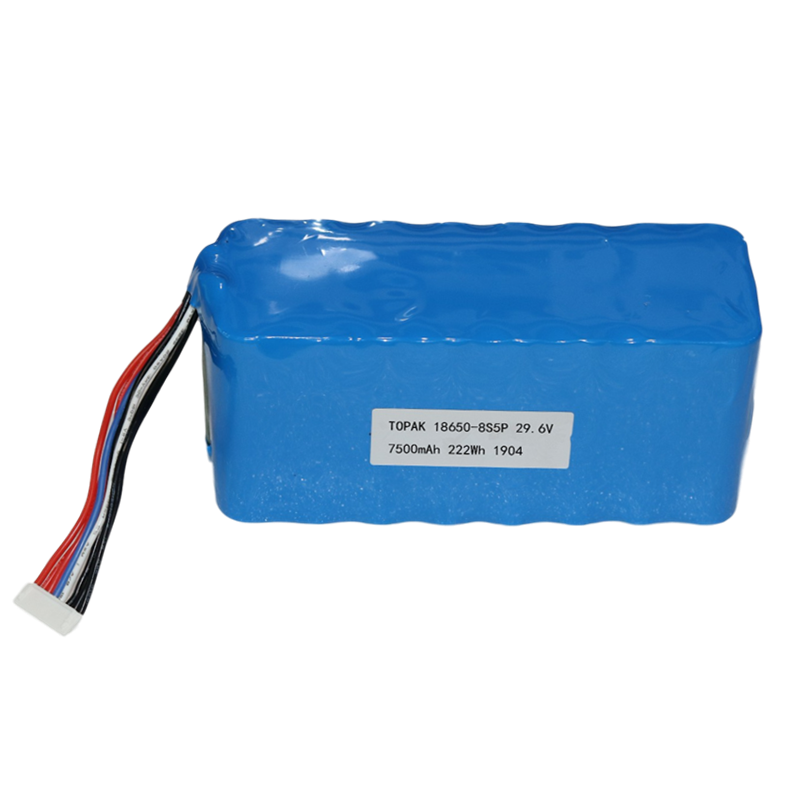
29.6V7.5AH Reserve power supply lithium battery
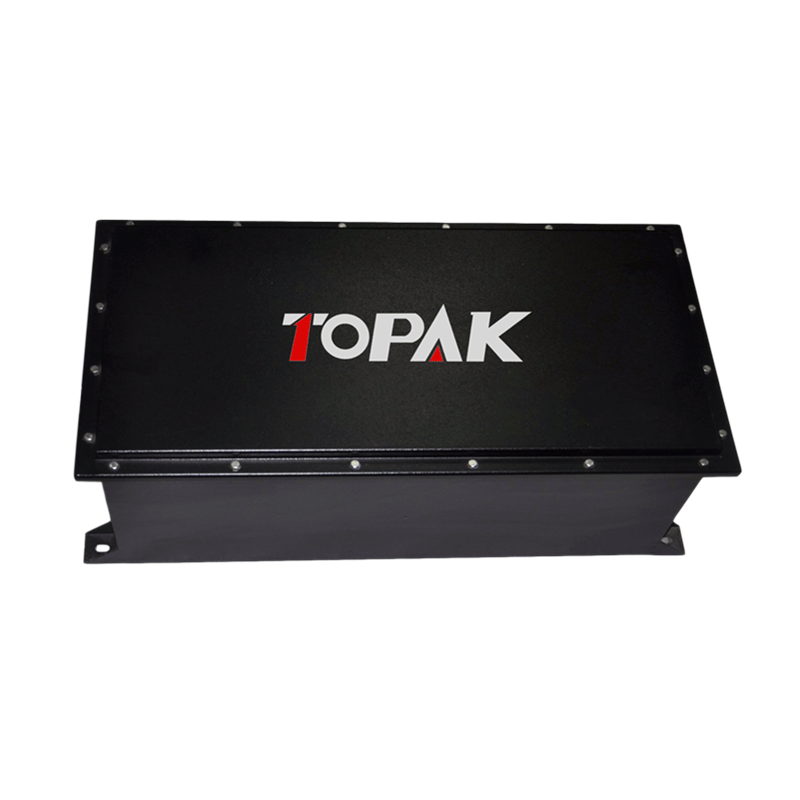
64V100Ah electric tricycle lithium battery
Writer: TOPAKRelease time: 2023-11-08Page View: 46
Lithium iron phosphate battery is a lithium-ion battery that uses lithium iron phosphate as the positive electrode material and carbon as the negative electrode material. During the charging process, some lithium ions in lithium iron phosphate are removed and transferred to the negative electrode through the electrolyte, which is embedded in the negative electrode carbon material; At the same time, electrons are released from the positive electrode and reach the negative electrode from the external circuit, maintaining the balance of chemical reactions. During the discharge process, lithium ions detach from the negative electrode and reach the positive electrode through the electrolyte. At the same time, the negative electrode releases electrons, and when they reach the positive electrode from the external circuit, a current is generated to provide energy to the outside world.
The electrochemical performance of the positive electrode material for lithium iron phosphate batteries is relatively stable, so the structure of the battery will not change during the charging and discharging process, and it will not burn or explode. Even under special conditions such as short circuit, overcharging, squeezing, and puncture, it is still very safe. Lithium iron phosphate batteries have the advantages of high working voltage, long cycle life, good safety performance, low self discharge rate, no memory effect, and low production cost. The disadvantages are low energy density, poor low-temperature resistance, and significant differences in high and low temperature charging and discharging rates.
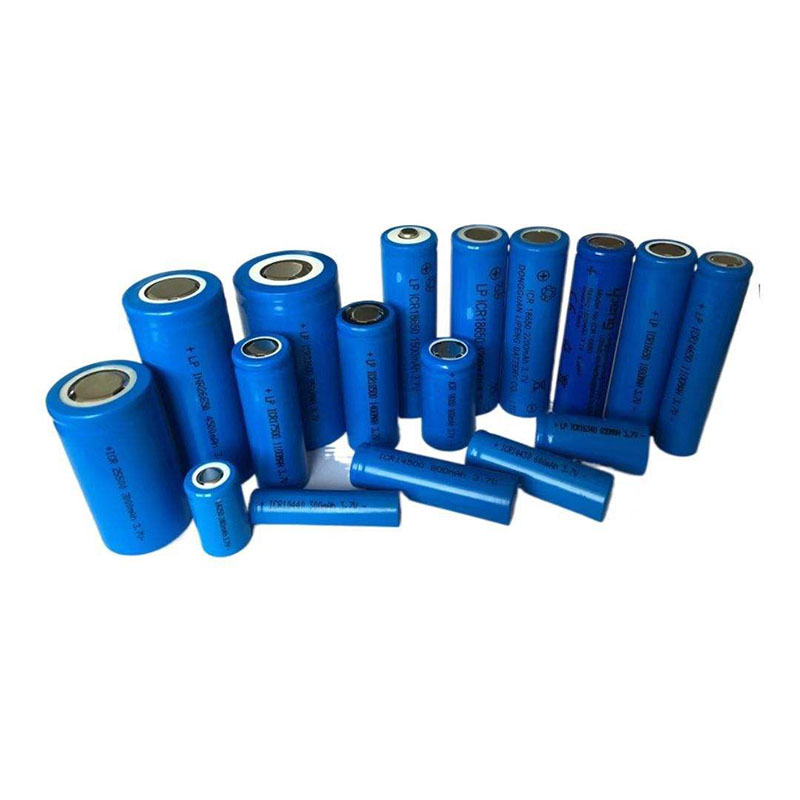
Ternary lithium batteries have nickel cobalt lithium manganese oxide or nickel cobalt lithium aluminate as the positive electrode material, and commonly used are ternary composite materials made of nickel salt, cobalt salt, and manganese salt as the positive electrode material. During the charging process, some lithium ions in the ternary composite material are removed and transferred to the negative electrode through the electrolyte, which is embedded in the negative carbon material; At the same time, electrons are released from the positive electrode and reach the negative electrode from the external circuit, maintaining the balance of chemical reactions. During the discharge process, lithium ions detach from the negative electrode and reach the positive electrode through the electrolyte. At the same time, the negative electrode releases electrons, and when they reach the positive electrode from the external circuit, a current is generated to provide energy to the outside world.
Ternary lithium batteries have smaller volume, higher capacity density, low temperature resistance, and better cycling performance. However, its high temperature resistance is poor, and it decomposes at 250-300 ℃, resulting in particularly strong chemical reactions in ternary lithium materials. Once oxygen molecules are released, the electrolyte will rapidly burn under high temperature, leading to detonation; The cycle life is short, with a general number of cycles of 1200, which can basically meet the current warranty period of about 8 years for new energy vehicles, and the cost is relatively high compared to lithium iron phosphate.

ShenZhen Topak New Energy Technology CO.LTD.
+86 15920229894
Phyllis@topakpower.com
Address: 26 Yingfeng 1st Road, Dalang Town, Dongguan City, Guangdong Province (Tuopai Industrial Park)
Copyright © 2019 Shenzhen topak new energy technology CO.LTD. 粤ICP备20054061号